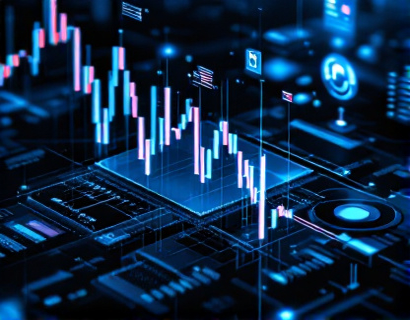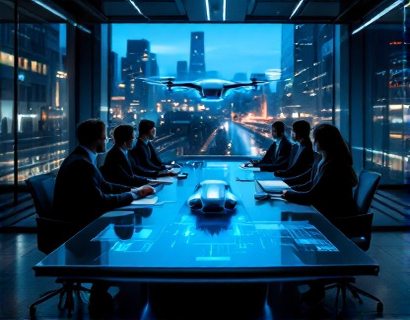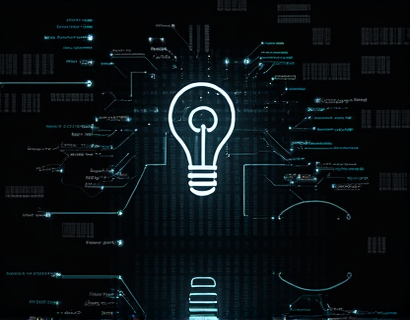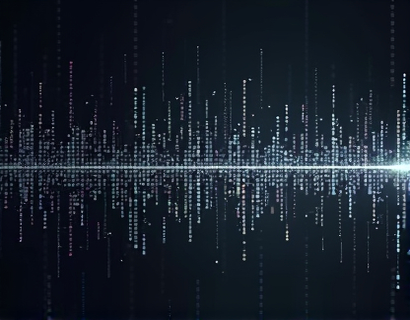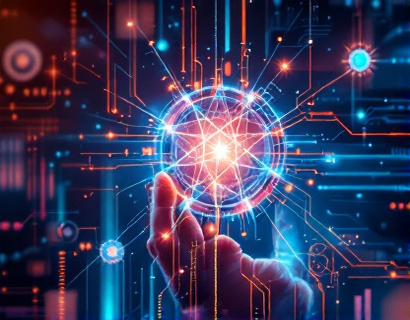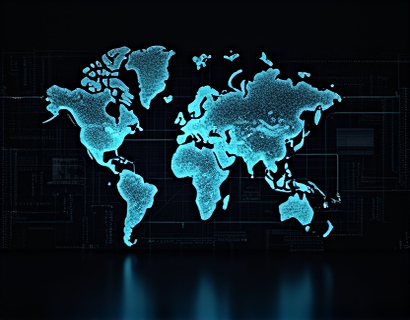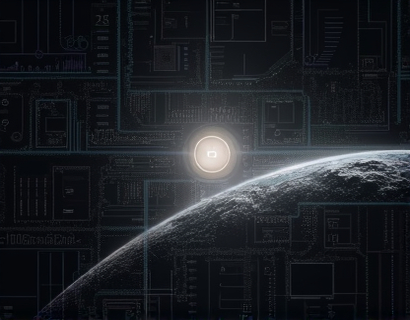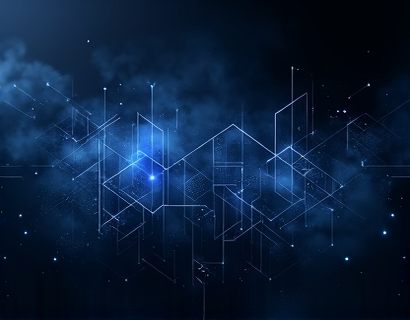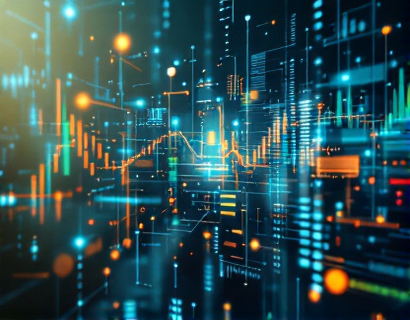Maximizing Ucosystem Engagement: Leveraging AI and Crypto for Enhanced Digital Experiences
The digital landscape is rapidly evolving, driven by advancements in artificial intelligence and blockchain technology. These technologies are not just transforming individual sectors but are also revolutionizing how we interact with digital platforms and applications. This article delves into the transformative power of AI and crypto in enhancing Ucosystem app experiences, offering tech enthusiasts and professionals a comprehensive look at the future of digital solutions. By exploring the intersection of these technologies, we can unlock new possibilities for engagement, innovation, and user satisfaction.
Understanding Ucosystems
A Ucosystem refers to an ecosystem built around a central application or platform, often involving a network of interconnected services and tools. These ecosystems are designed to provide a seamless and integrated experience for users, fostering a community around a core product. In the context of digital innovation, Ucosystems are becoming increasingly important as they enable users to access a wide range of functionalities through a single interface, enhancing convenience and efficiency.
Examples of Ucosystems include social media platforms that integrate messaging, gaming, and e-commerce features, or productivity suites that combine word processing, spreadsheets, and project management tools. The key to a successful Ucosystem lies in its ability to create a cohesive and engaging user experience, encouraging users to explore and utilize various components of the platform.
Role of Artificial Intelligence in Ucosystems
Artificial intelligence plays a pivotal role in enhancing Ucosystems by providing personalized and intelligent interactions. AI algorithms can analyze user behavior, preferences, and patterns to deliver tailored content and recommendations. This personalization not only improves user satisfaction but also increases engagement and retention rates.
One of the primary applications of AI in Ucosystems is in user interface and experience design. AI-driven interfaces can adapt in real-time to user interactions, optimizing the layout and functionality based on individual needs. For instance, an AI-powered home screen can prioritize apps and features that a user frequently uses, reducing clutter and streamlining the user experience.
Moreover, AI can enhance customer support within Ucosystems. Chatbots and virtual assistants powered by natural language processing can provide instant responses to user queries, handle routine tasks, and offer guidance, freeing up human support teams to focus on more complex issues. This not only improves response times but also ensures a consistent and high-quality support experience.
Blockchain Technology and Ucosystems
Blockchain technology, known for its role in cryptocurrencies, offers a decentralized and secure way to manage data and transactions. In the context of Ucosystems, blockchain can provide several benefits, including enhanced security, transparency, and user ownership of data.
One significant advantage of blockchain in Ucosystems is the creation of decentralized identity management systems. Users can control their digital identities and selectively share information with different services within the ecosystem. This not only enhances privacy but also reduces the risk of data breaches and unauthorized access.
Blockchain can also facilitate seamless and secure transactions within Ucosystems. By using smart contracts, transactions can be automated and executed without the need for intermediaries, reducing costs and increasing efficiency. For example, in a Ucosystem that includes a digital marketplace, blockchain can ensure secure and transparent transactions between buyers and sellers, with all records being immutable and verifiable.
Combining AI and Blockchain for Enhanced Engagement
The true power of AI and blockchain in Ucosystems is realized when these technologies are combined. By integrating AI with blockchain, Ucosystems can achieve a new level of intelligence, security, and user-centric design.
AI can enhance the functionality of blockchain-based applications by providing advanced analytics and insights. For instance, AI algorithms can analyze blockchain data to identify trends, predict user behavior, and optimize resource allocation. This can lead to more efficient and responsive Ucosystems that adapt to user needs in real-time.
Conversely, blockchain can provide a secure and transparent foundation for AI-driven applications. By ensuring the integrity and ownership of data, blockchain enables AI systems to operate with higher trust and reliability. This is particularly important in sectors where data privacy and security are paramount, such as healthcare and finance.
Case Studies and Real-World Applications
Several Ucosystems are already leveraging AI and blockchain to enhance user experiences and drive innovation. One notable example is Decentraland, a virtual reality platform built on the Ethereum blockchain. Decentraland uses AI to create immersive and interactive environments, allowing users to own and monetize digital assets within the platform. The combination of blockchain and AI ensures a secure, transparent, and engaging virtual experience.
Another example is Steemit, a decentralized social media platform that rewards users with cryptocurrency for creating and curating content. AI algorithms on Steemit help in content recommendation and moderation, ensuring that users see relevant and high-quality posts. The use of blockchain ensures that content ownership and monetization are transparent and fair.
These case studies demonstrate the potential of AI and blockchain in creating innovative and engaging Ucosystems. By leveraging these technologies, developers can build platforms that not only meet current user needs but also anticipate future trends and demands.
Challenges and Considerations
While the integration of AI and blockchain in Ucosystems offers numerous benefits, it also presents several challenges that need to be addressed. One of the primary concerns is the technical complexity involved in implementing these technologies. Developers must have a solid understanding of both AI and blockchain to create seamless and efficient systems.
Another challenge is the regulatory landscape. As AI and blockchain are relatively new fields, regulations are still evolving. Ucosystems must navigate these regulations carefully to ensure compliance and avoid legal issues. This is particularly important in sectors like finance and healthcare, where data privacy and security are heavily regulated.
Additionally, there is the issue of user adoption. While the potential of AI and blockchain is significant, users may be hesitant to adopt new technologies due to a lack of understanding or trust. Educating users and providing intuitive interfaces can help overcome these barriers and promote wider adoption.
Future Prospects
The future of Ucosystems is bright, with AI and blockchain set to play increasingly important roles. As these technologies continue to mature, we can expect to see more sophisticated and user-friendly applications. The convergence of AI and blockchain will likely lead to the development of autonomous Ucosystems that can self-manage and evolve based on user feedback and data insights.
Moreover, the rise of Web3, a decentralized internet powered by blockchain, will further enhance the potential of Ucosystems. Web3 applications will offer greater control and ownership to users, creating more resilient and community-driven platforms. AI will continue to drive personalization and intelligence, making Ucosystems more intuitive and responsive to user needs.
In conclusion, the integration of AI and blockchain in Ucosystems represents a significant leap forward in digital innovation. By harnessing these technologies, developers can create engaging, secure, and user-centric platforms that drive growth and satisfaction in the digital age.



